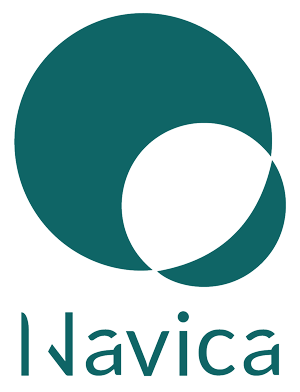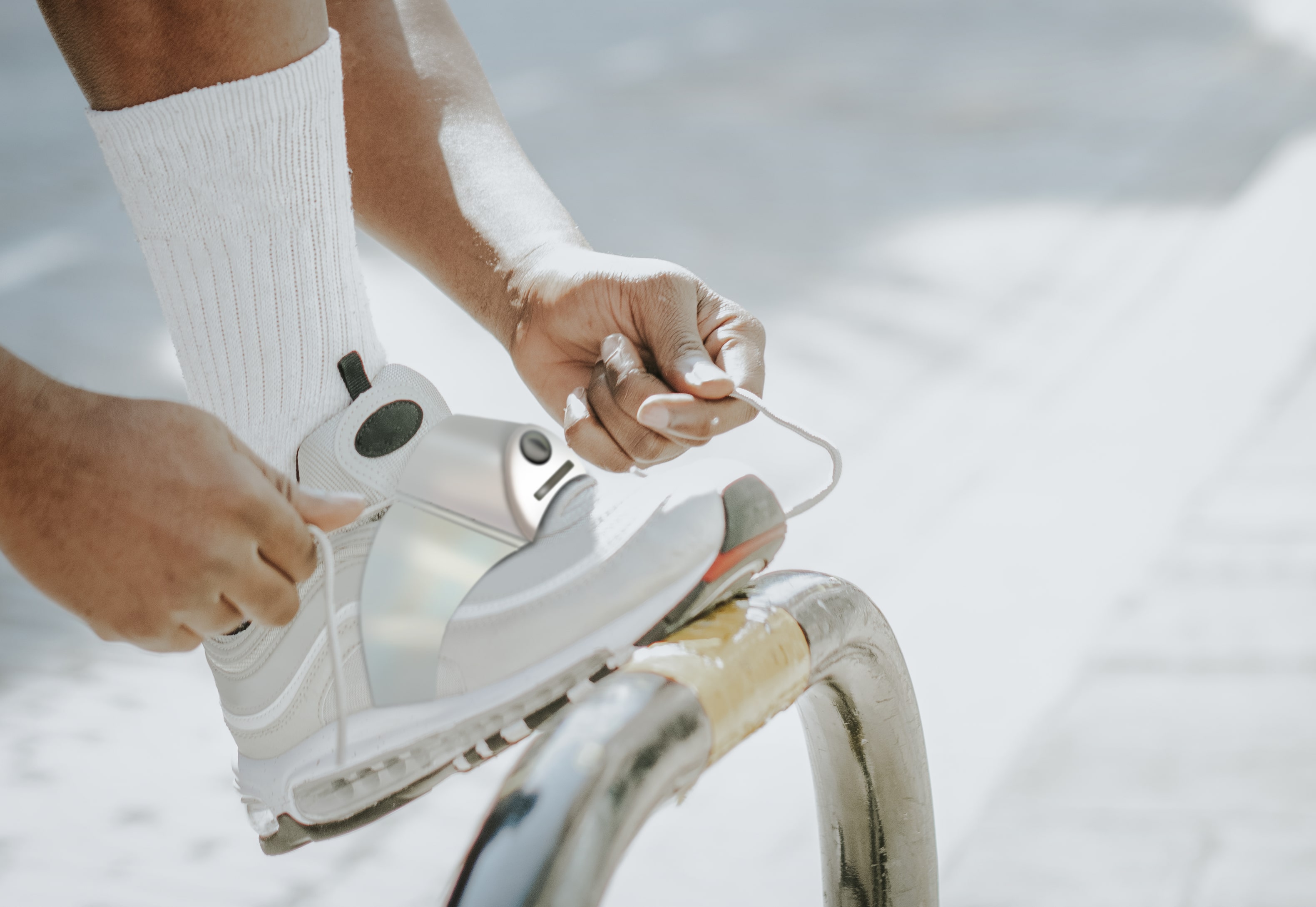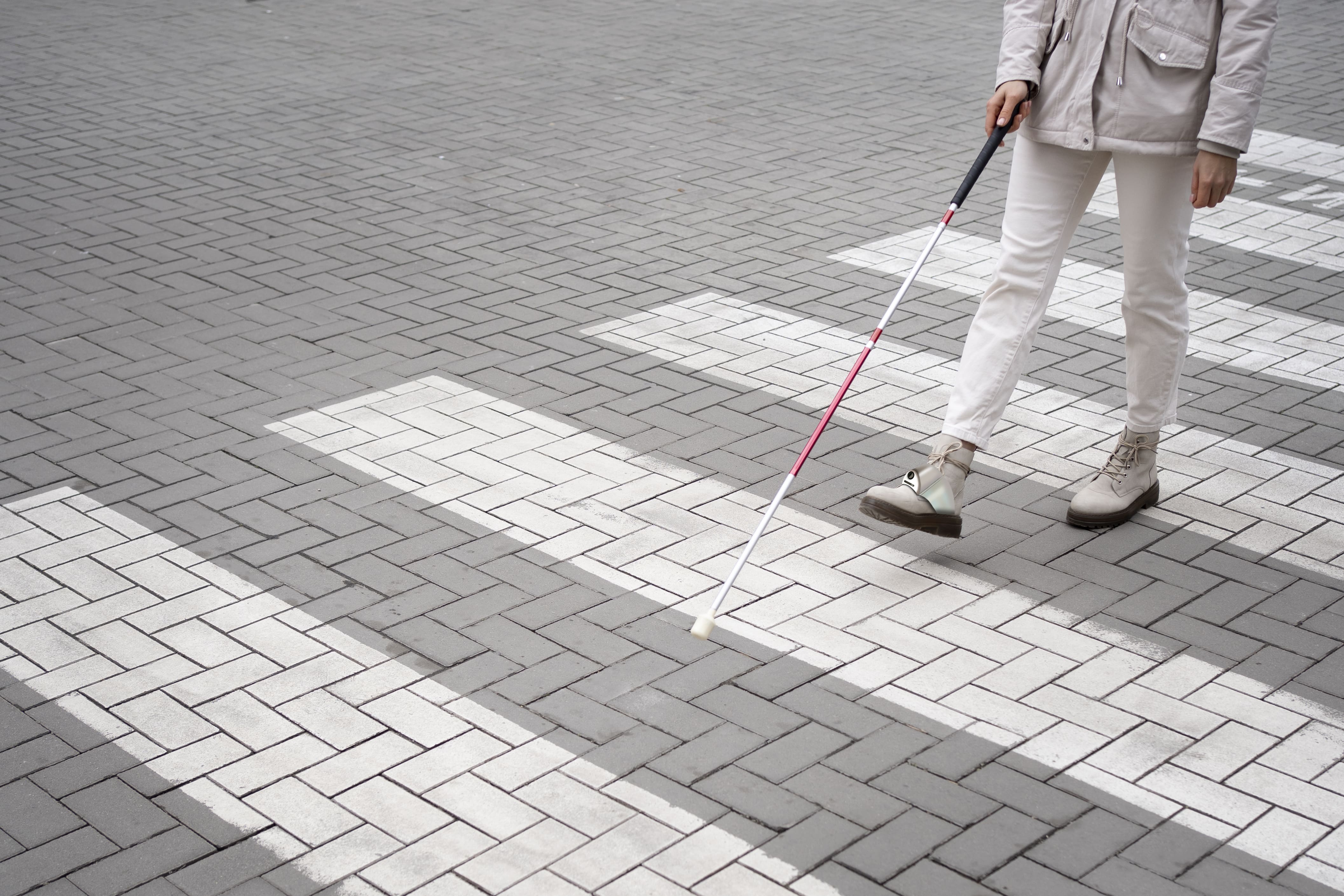This blog discusses the science supporting Navica’s innovation in the form of geospatial mapping, dynamic feedback systems, and machine learning. They join forces to create an adaptive system for people who are visually impaired to enhance their mobility and provide them with a more natural means of navigation.
Geospatial Mapping for Enhanced Navigation Accuracy
Geospatial mapping plays an important role in assisting Navica to provide users with correct directions and object detection. Combining GPS data with real-time environmental sensing allows Navica to generate an up-to-date map of the area around the user. Geospatial mapping in Navica allows pathfinding with precision, giving users the capability to navigate through unknown or difficult terrain with ease. Geospatial mapping technology research has shown that the combination of GPS with sensor information enhances real-time orientation for the visually impaired and blind, providing them with correct directions and environmental awareness (Journal of Geospatial Systems, 2020). Through such sophisticated mapping technology, Navica offers enhanced location-based information, which enhances customer experience by providing accurate routes and allowing users to reach locations with ease.
Dynamic Feedback Systems for Real-Time Alerts
One of the most significant features of Navica is the dynamic feedback system, which provides users with real-time feedback as they approach obstacles. These systems implement sensor fusion and AI-powered mobility to process data and provide feedback in the form of haptic feedback or voice commands. The dynamic feedback system continuously evolves in relation to the user’s environment, so users are alerted to changes in their environment. Evidence in dynamic feedback systems shows that real-time feedback helps users navigate more effectively because it gives them the best and most timely information available (Journal of Assistive Technology and Navigation, 2021). Combining haptic feedback with dynamic feedback systems gives users a multi-sensory experience, which raises their spatial awareness and enables them to avoid obstacles in real-time.
Machine Learning for Adaptive Navigation
Machine learning is at the core of Navica’s ability to learn based on the requirements of the users. The system learns in real time from the information collected while the user navigates and improves continuously and offers more personalized feedback. Navica gets attuned to the likes and environment of individual users over time, offering a personal experience. Machine learning studies for assistive technology focused on how these systems are particularly effective in acquiring new environments and providing users with more accurate and reliable guidance (Journal of AI and Accessibility, 2020). The learning ability of Navica from past interactions enables it to enhance performance by giving users a more personalized and smooth navigation experience.
Improving Object Perception in Autonomous Systems
Sensor fusion plays a critical role in enhancing autonomous systems’ ability to accurately identify and comprehend the surrounding environments. Fusing information from cameras, lidars, and ultrasonic sensors allows autonomous systems to have a better and more informed understanding of objects and environmental parameters. Experiments have shown that fusing multiple sources of sensors highly improves detection accuracy and reduces false positives in advanced scenarios (International Journal of Autonomous Vehicle Technology, 2022). Advanced fusion methods facilitate real-time processing, allowing rapid response to uncertain situations by autonomous vehicles and enabling safer operation across different environments.
The Future of Assistive Mobility
The future of mobility assist for the blind looks good, especially with the union of AI and augmented reality (AR). Navica is exploring the potential of increasing its use of AR to provide an additional layer of information about the environment while navigating in real-time. With AR, users would be able to receive visual cues overlaid on their surroundings so that they can navigate more complex areas. Studies on the integration of AI and AR for assistive technology show that the combination of the two technologies can significantly enhance the accuracy of navigation, enabling users to have a richer, fuller understanding of the space around them (Journal of AI and AR in Accessibility, 2021). The future will likely see these technologies at the heart of making navigation more intuitive and personalized for visually impaired individuals.
Conclusion
Navica is the cutting edge in assistive mobility for the blind and the visually impaired, combining geospatial mapping, dynamic feedback mechanisms, and machine learning to deliver a state-of-the-art and customized navigation experience. With technology continuing to evolve, the implementation of AR and ongoing developments in AI will continue to enhance Navica’s capabilities, resulting in even more precise, intuitive, and reliable navigation by the blind and the visually impaired.




